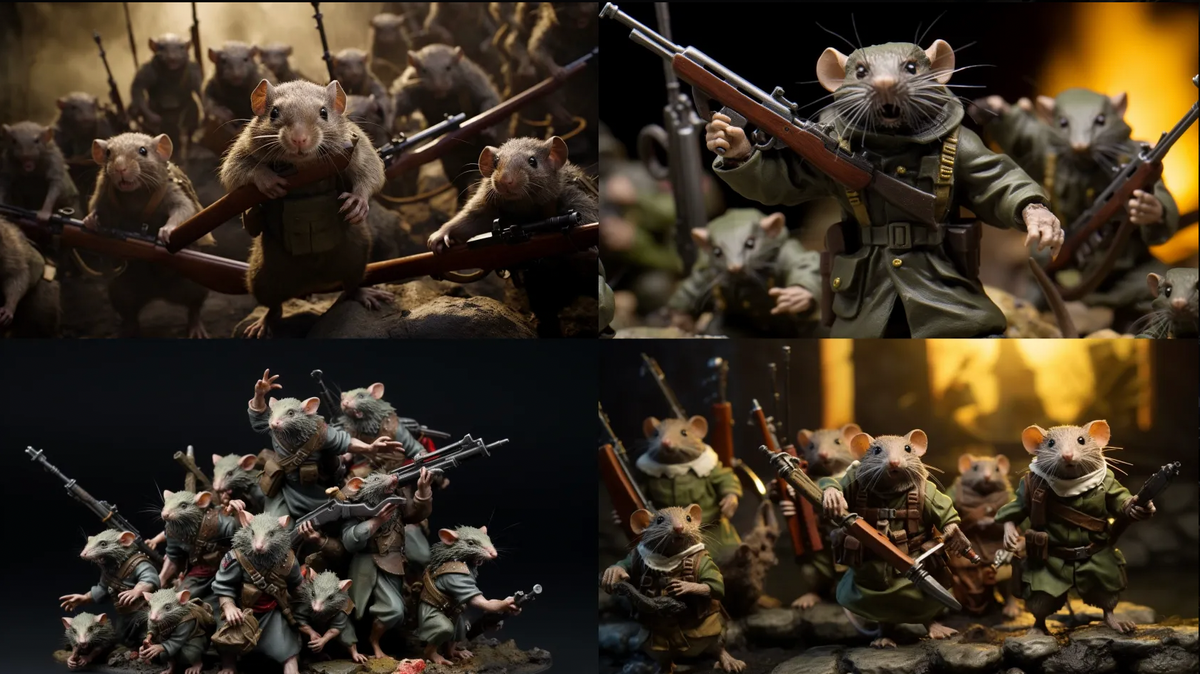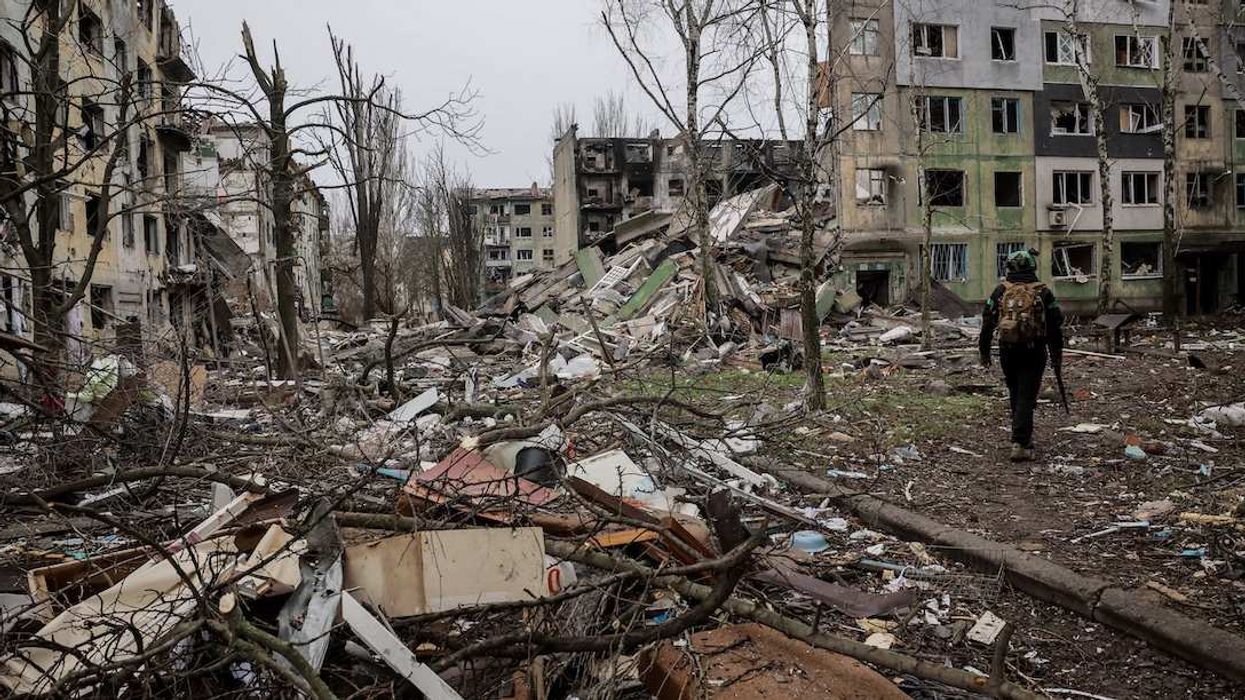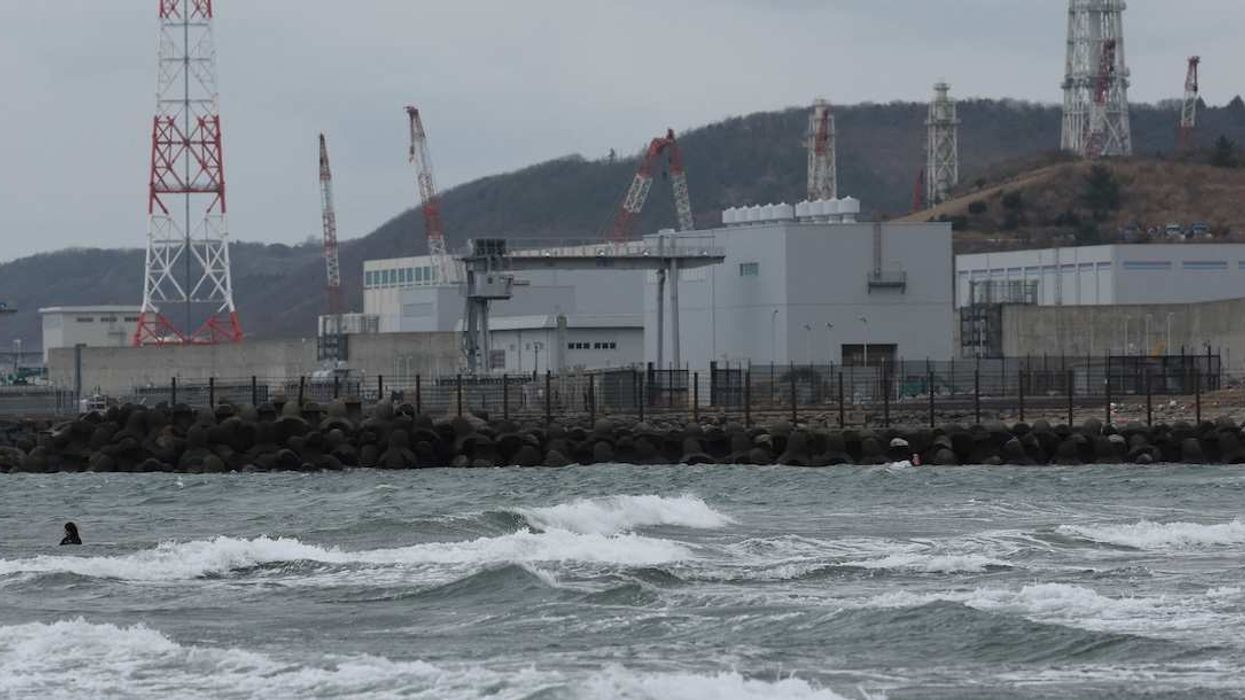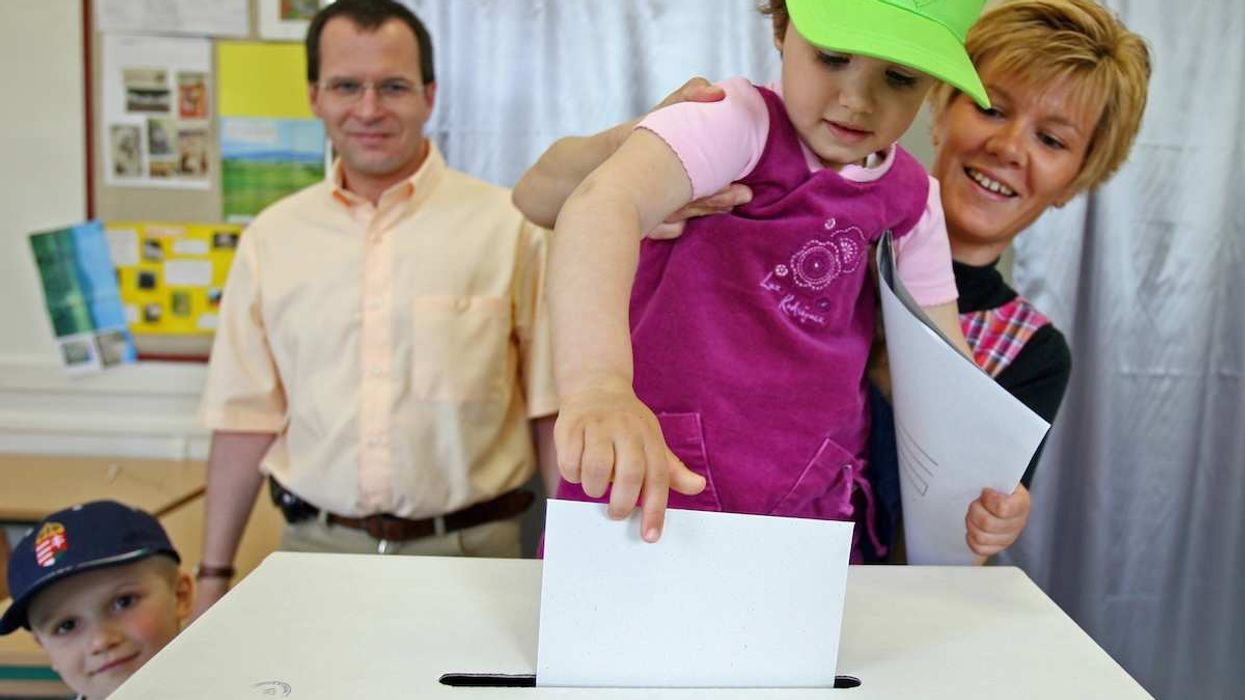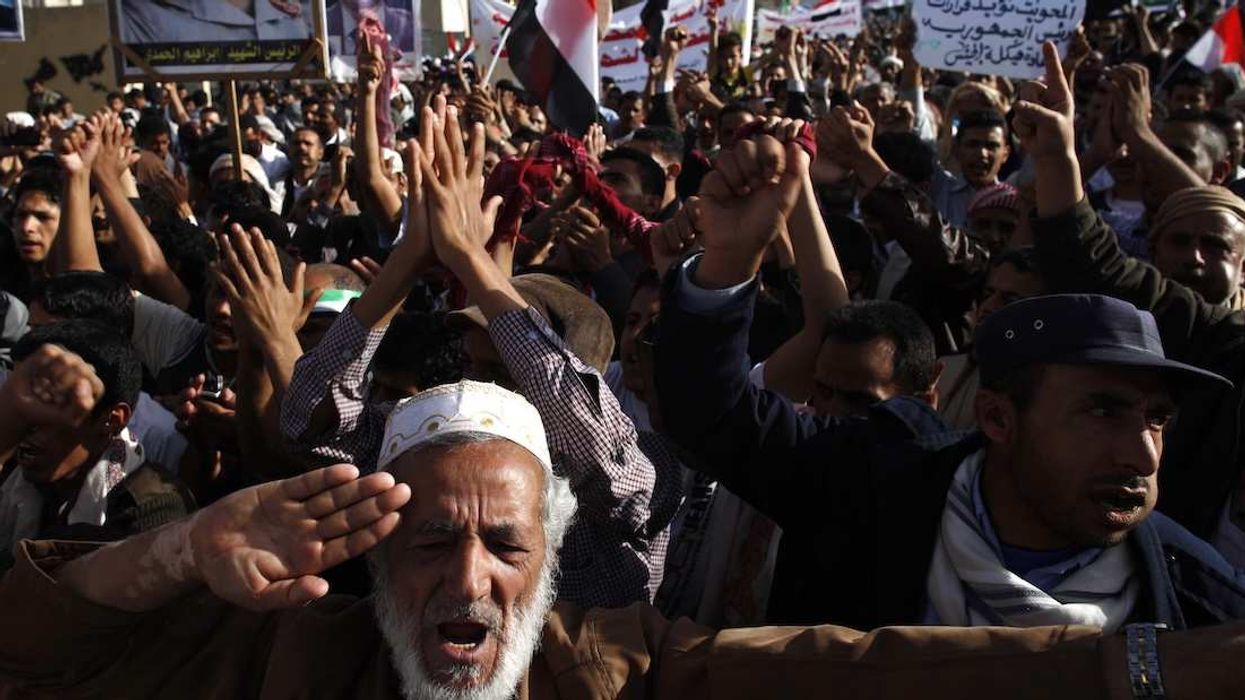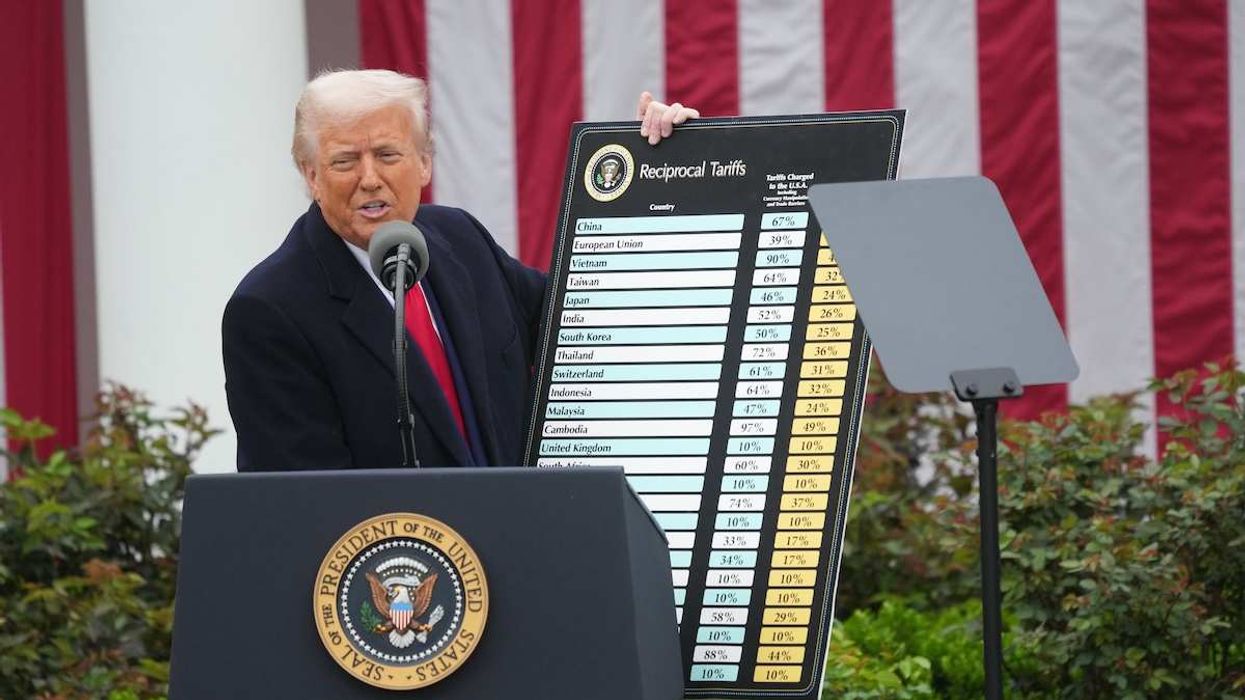It is a truth universally acknowledged that where there are humans there are, generally, rats. As humans have moved about the world, the rats have followed to feast on their crops, their garbage – and in the case of New Zealand – their native birds.
There are, to be fair, a few exceptions. Two, to be precise. One is Alberta, Canada, which launched a massive anti-rat mobilization in the 1950s and has been rat-free since. The other is South Georgia Island in the southern Atlantic Ocean, which was declared rat-free in 2018, after the government deployed helicopters to rain poison pellets from the sky.
Now New Zealand aims to become the third. The island nation is launching Predator Free 2050 Ltd, a public body that hopes to protect native birds by eradicating all rats. Their chances of success? Historians of the rat vs. human power struggle would say: “slim.”
Alberta’s war on rats was defensive – a whole-of-society mobilization unleashed before the rodents had shown up in large numbers. The borderlands with already-infested Saskatchewan were seeded with rat poison, hundreds of exterminators would fan out after a single sighting, and propaganda posters mobilized the population to vigilance.
But New Zealand is already infested: Rats run rampant there, devouring 26 million birds a year, and the country has just 36 rat catchers armed with peanut butter and poison.
As the next battle in the unending war between rats and mankind unfolds, the score stands at …
- Humans: 2 territories
- Rats: rest of the world
Your move, Kiwis.
